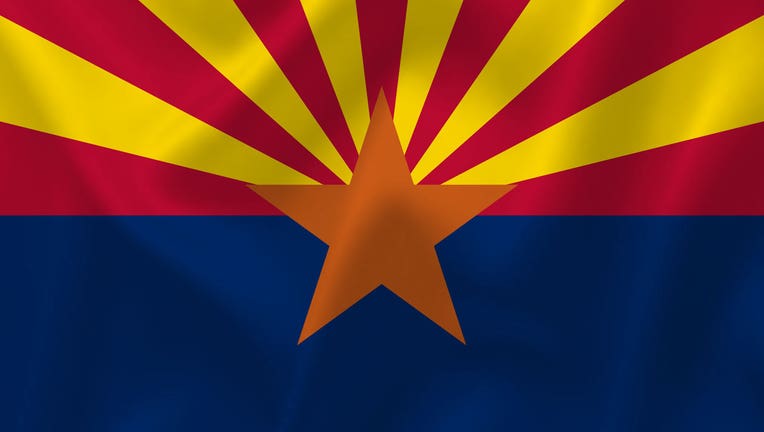Happy birthday, Arizona! 10 things you may not know about the 48th state

As Arizona celebrates its 108th birthday, here are 10 things to know about the 48th state!
1. No one really knows where the state got its name from
Some believe the name "Arizona" came from the Spanish term for "Arid Zone" (Arida Zona), but others believe that's not the case.
Some scholars say the state's name came from a Tohono O'odham village in Southern Arizona called "Ali-Shonak", or "Place of the Small Spring." That name was reportedly corrupted by Spanish people to Arizona.
Other scholars say the state's name came from the Basque term "Arizonac", or "good oak trees.". Basque is a language spoken by some in Northern Spain.
(Source: True West Magazine)
2. The state almost had a capitol designed by Frank Lloyd Wright
In the 50s, famed architect Frank Lloyd Wright submitted plans for a new capitol building. According to the Arizona Capitol Museum, the state was looking to relocate the State Capitol at the time, and if built, the new building would have been placed near the south side of the Papago Mountains.
The capitol building is still in downtown Phoenix today.
(Source: Arizona Capitol Museum)
3. A territorial legislature meeting in 1885 had a great impact on the state, even today
The 13th Arizona Territorial Legislature met 135 years ago, and Arizona wasn't a state back then, but its impact is still being felt by the state, and beyond, today.
According to a book released in 1916, the 13th Territorial Legislature voted to give funds for Tucson to build a university. We now call that school the University of Arizona (UofA). As of Fall 2019, 45,918 students attend UofA.
The same legislature also gave Tempe a "Normal School" to train teachers. That "Normal School" is now Arizona State University (ASU). As of Fall 2019, 119,951 students attend ASU campuses Valley-wide.
4. Two Arizona-based politicians have run for President
We all know the late Sen. John McCain ran for the Presidency in 2008, but he was the second person from Arizona to run for President.
In 1964, Sen. Barry Goldwater ran for President as the Republican Party candidate. Like McCain 44 years later, Goldwater also came short in his quest for the White House, losing to Lyndon B. Johnson.
5. We grow a lot of Cotton. Like, a lot.
According to a fact sheet put out by the Arizona Super Bowl Host Committee, the state grows enough cotton to make more than a pair of jeans for every single person in the U.S.
6. You can find a piece of London in Arizona
According to the Lake Havasu City Convention and Visitors Bureau, a bridge in that city came from a very, very far away place.
London, England, to be exact.
According to the website, Robert P. McCulloch placed a $2.46 Million bid on the London Bridge in 1968 and won. The bridge then shipped to Arizona. That bridge was built in London in 1831.
7. The City of Phoenix grew a lot since Arizona became a state
According to figures, 11,314 people called Phoenix home in 1910, two years before statehood. Estimates in 2018 show the city is home to 1,660,272 people.
8. Arizona is home to possibly the oldest continuously inhabited settlement in the U.S.
According to history.com, the town of Oraibi in Navajo County is believed to date back to at least 1150 AD.
9. Parts of Arizona do observe Daylight Saving Time
Arizona is known for not observing Daylight Saving Time, but the Navajo Indian Reservation reportedly does.
10. Phoenix wasn't always Arizona's capital
According to the Pima County Public Library, from the time Arizona was made a U.S. territory to statehood, four cities served as Arizona's capital city, with Phoenix being the fourth.
Phoenix became the territorial capital in 1889, 23 years before statehood. Following statehood, Phoenix became Arizona's state capital, a status it still enjoys today.
Before 1889, three cities, including Fort Whipple in Chino Valley, Prescott, and Tucson served as the territorial capital.

